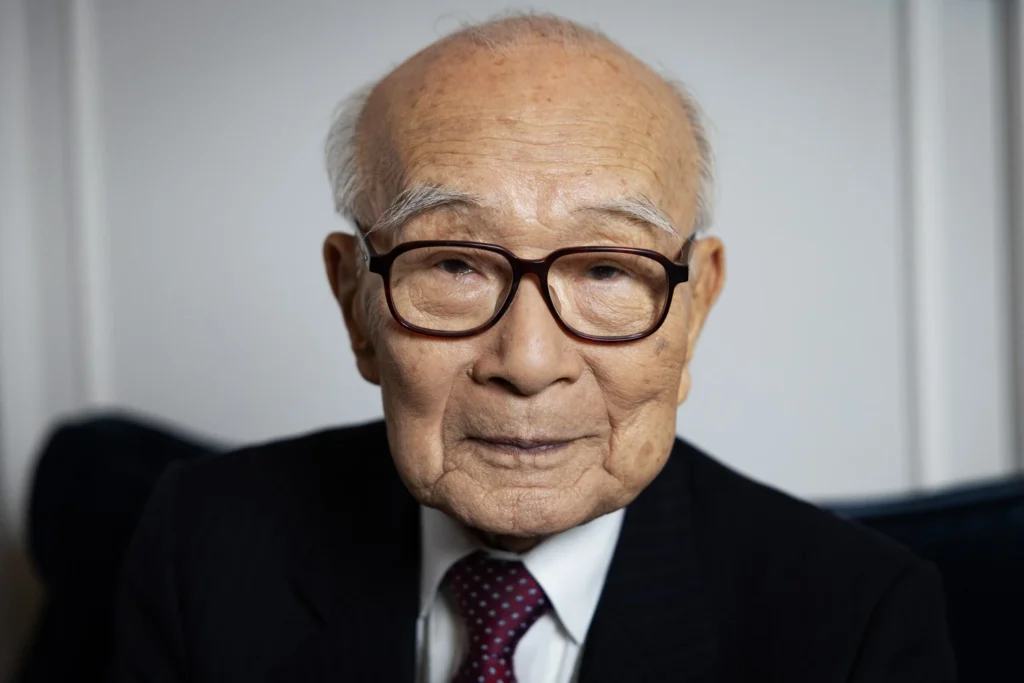
Many of the surviving Japanese people are getting more and more irritated with the expanding nuclear dangers and the acceptance of nuclear weapons by world leaders, eight decades after the atomic bombs of Hiroshima and Nagasaki.
By the end of that year, almost 200,000 people had been murdered by the US bombings on Hiroshima on August 6, 1945, and Nagasaki three days later. Others survived, although they were sick from radiation.
Approximately 100,000 survivors are alive. Many chose to conceal their experiences to save themselves and their loved ones from the persistent prejudice. Others’ trauma prevented them from discussing what had happened.
Late in life, a few of the elderly survivors have started to come out to inspire others to support the ban on nuclear weapons. The 83-year-old survivor Kunihiko Iida has dedicated his retirement years to sharing his tale to promote nuclear disarmament, despite several health challenges.
On July 10, 2025, in Hiroshima, western Japan, Katsumi Takahashi, a Hiroshima Peace Volunteer of the Hiroshima Peace Culture Foundation, greets guests at the Peace Memorial Museum. He works as a volunteer guide at Peace Memorial Park in Hiroshima. He believes that foreigners’ knowledge of the bombings is inadequate, thus he wants to increase awareness among them.
Also Read:
The Catalyst of Market Transformation: Zoubaida Zorkot’s Vision for Saudi Arabia’s Future
Pioneering Innovative and Customer-centric Financial Services: Jumana Saeh






